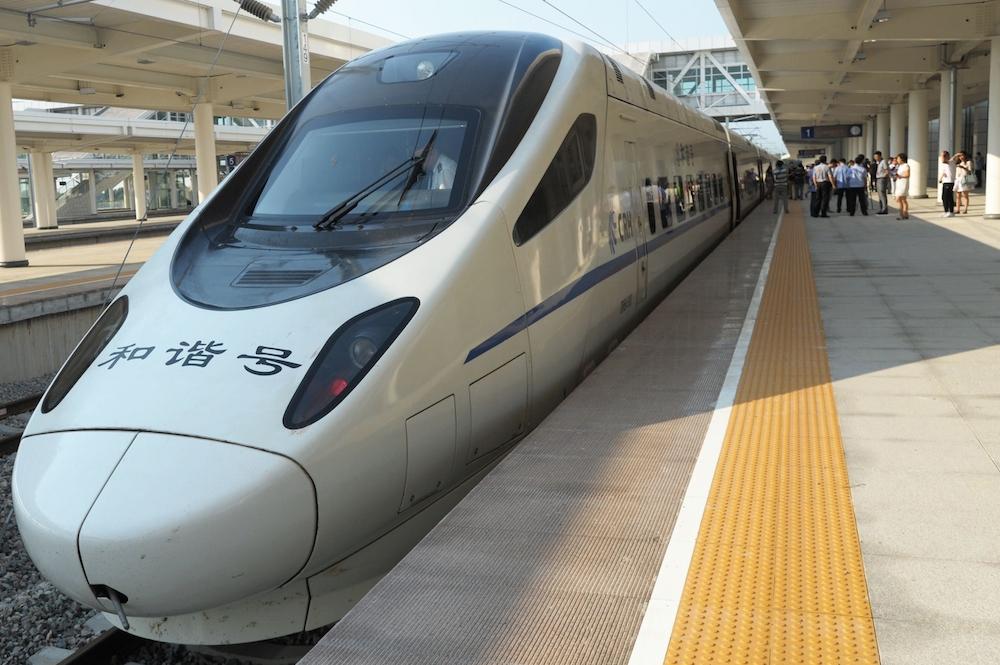China’s IPO market isn’t what it used to be. China Railway Signal & Communication Corp., the first major initial public offering since last month’s market collapse, had a disappointing first day of trading Aug. 7.
The tepid reception underscores continued investor caution around Chinese stocks that could hinder future listings and cut off a critical funding channel for companies.
For private Chinese companies, the financial markets were the cheapest way to raise capital until mid-June, when the yearlong rally suddenly went into sharp reverse. Chinese stock regulators halted initial public offerings on July 4 as a way to help stem the losses and IPO shares from competing with existing stocks for investor capital.
The stock offering for China Railway Signal & Communication (CRSC) on the Hong Kong Stock Exchange raised US$1.42 billion, the first major float since June.
The state-owned CRSC is the world’s biggest manufacturer of train traffic signaling and controls equipment by revenue.
Lackluster Demand
CRSC priced its shares at HK$6.30 (US$0.81), at the lowest end of the $6.30 to $8.00 range investment bankers had hoped.
After trading in a small range between HK$6.29 and HK$6.38 during Aug. 7’s session, the shares ended the day just 2 cents higher at HK$6.32 on the exchange.
By all accounts, the company’s stock was a disappointment and a far cry from IPOs of Chinese companies earlier this year. During the first half of 2015, Hong Kong had been the world’s hottest IPO market and newly listed shares posted huge rallies upon debut on high demand from investors.
But the market has since cooled off considerably. CRSC had to sign up 16 cornerstone investors in advance to participate in the IPO, subscribing around 68 percent of the shares offered in total.





